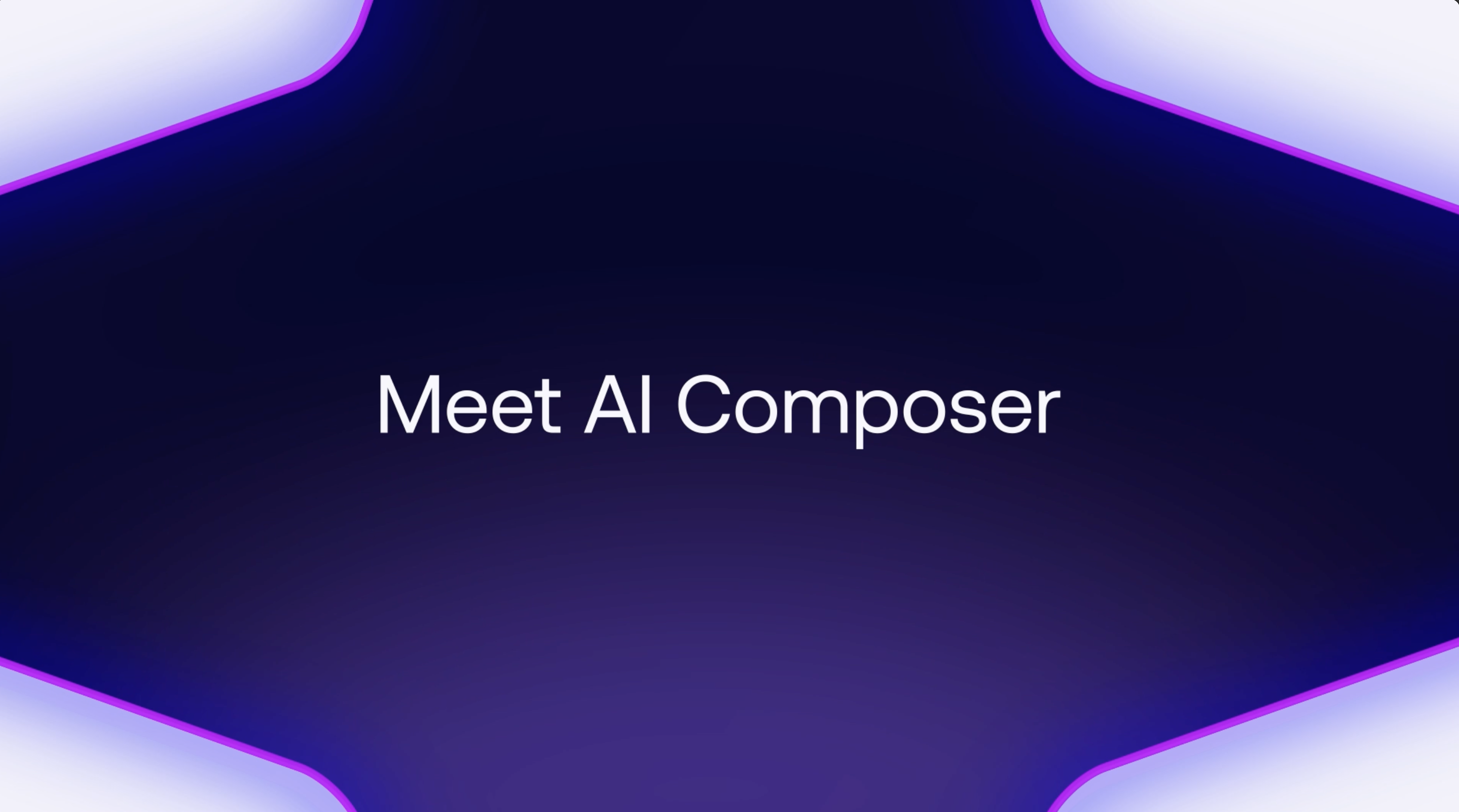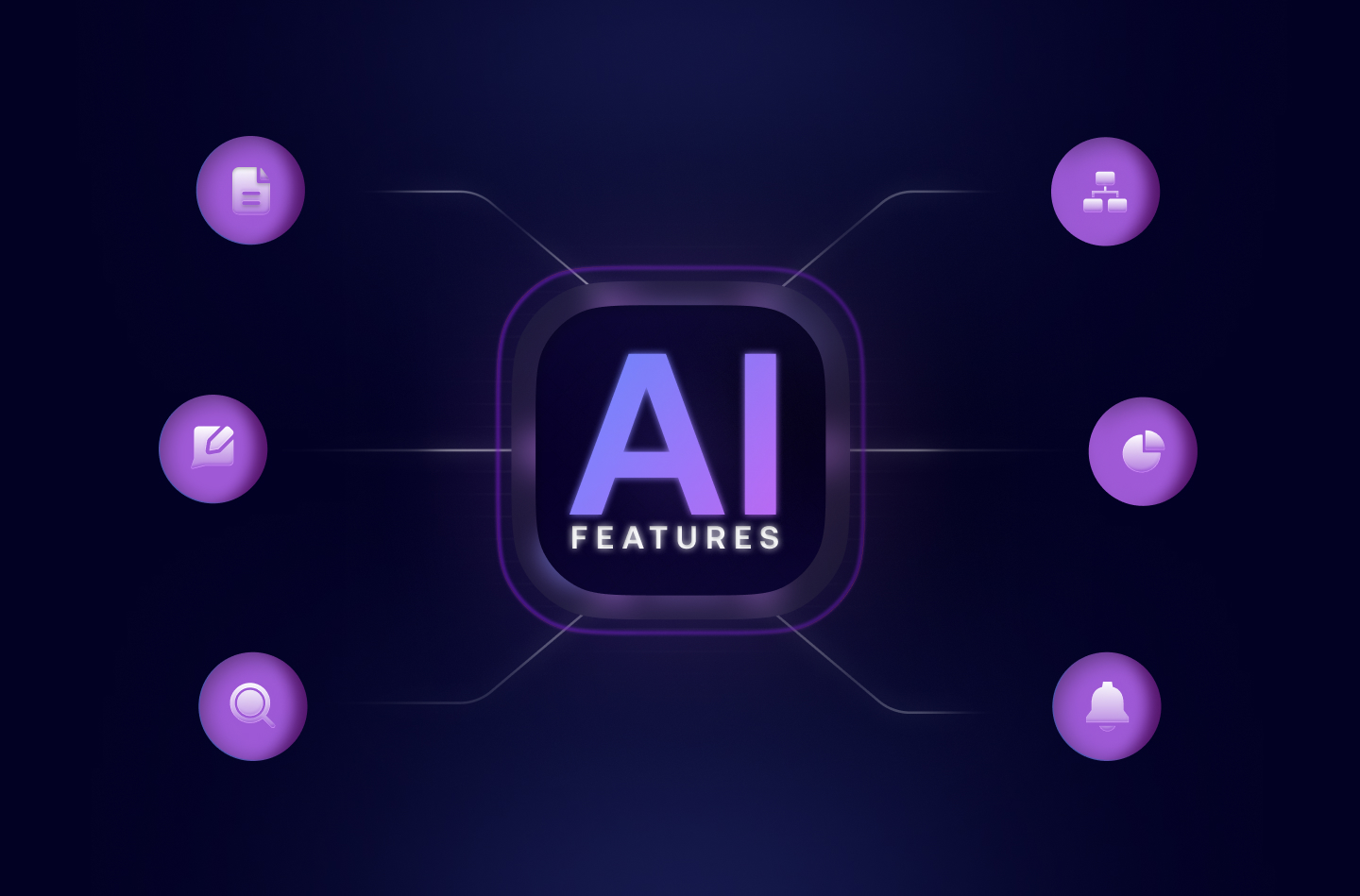Key takeaways
- B2B sales is shifting from seller-led to buyer-led journeys
- Asynchronous sales empowers buyers to make decisions on their own time
- Tools like trumpet streamline async selling with personalised digital sales rooms
- Top-performing reps are using video, mutual action plans, and content curation to close deals faster
- Success depends on personalisation, relevance, and removing friction
The tides of B2B sales are shifting. The traditional sales techniques involving aggressive sales pitches and persistent follow-ups are gradually fading into the backdrop. In today's digital age, buyers are increasingly inclined to conduct their research. Often, they would go through 3 to 5 pieces of content before even contemplating a conversation with a sales representative.
This indicates a significant shift in the B2B sales paradigm – from a sales-centric approach to a buyer enablement one. But how can sales leaders adapt to this transition and provide information in a format that resonates with the buyers? The answer lies in asynchronous sales.
What is asynchronous sales and why does it matter?
Asynchronous sales is a modern sales strategy where communication happens on the buyer’s terms, not in real-time. Rather than relying solely on live calls or meetings, reps use tools like email, Slack, Loom videos, and trumpet pods to deliver key information buyers can engage with when it suits them.
This is a critical shift: Gartner reports that buyers review 3–5 pieces of content before speaking with a rep. McKinsey adds that 71% of B2B customers expect personalisation during the process.
The Power Shift to Buyers
The modern sales process is all about making it easy, convenient, and accessible for the buyer. However, this new approach to virtual selling also implies that sellers need to adopt an educational role. They need to curate and personalise information for a buyer, making their decision-making process more straightforward.
Interestingly, a study by McKinsey reveals that 71% of consumers expect a personalised experience when purchasing a product. By hand-picking information that directly addresses the buyer's needs, sellers can guide them towards their solution in a supportive and organic manner.
Moreover, the overall experience a company provides is as important as its product or services for a whopping 88% of customers. Therefore, sales teams should strive to curate the best possible experience for their buyers from the get-go.
This approach allows buyers to engage with sales reps at their convenience, rather than being bound by meeting schedules. Stephen Ruff, Co-Founder of Champify, believes that providing buyers with information early in the conversation can yield positive results.
Pros and Cons of Asynchronous Sales
Asynchronous sales offer a plethora of benefits:
- Sales reps can engage with more buyers in less time as they're not tied to real-time conversations.
- Buyers can make informed decisions at their pace, without the pressure of a sales pitch.
- Sales conversations become more productive, with a focus on education and information sharing.
Most importantly, asynchronous sales facilitate buyer enablement, reducing barriers for your buyers to make a purchase.
However, this approach also has its challenges:
- Information curation can be overwhelming for buyers, especially with the plethora of communication channels at their disposal.
- Communication over emails, texts, and DMs can lead to fragmented information.
- Sellers have to rely on the buyer champion to disseminate information among stakeholders, as opposed to being in a meeting where they can gauge who is listening.
Despite these challenges, several companies have recognised the shift to multi-channel selling tactics.
"Prior to the pandemic, our sales team relied heavily on in-person meetings to generate leads and close deals. But with the advent of remote work and social distancing, we had to pivot to asynchronous sales strategies. We now communicate with prospects across multiple channels," said Maria Harutyunyan, co-founder of Loopex Digital.
Curating Content for Asynchronous Sales
In the world of asynchronous sales, having the right curation tools can make all the difference. That's where trumpet steps in. Trumpet consolidates all relevant materials into a digital sales room (or Pods), simplifying the sales process and making it easier for buyers to stay organised and informed.
Trumpet's Pods provide a seamless experience for your buyers. Sales reps can create a hyper-personalised microsites for each prospect, equipped with all the sales collateral and information they need to convince their decision-makers to buy.
Tips for Selling Asynchronously
Selling asynchronously hinges upon collaboration. Here are some best practices to keep your buyers engaged when selling asynchronously.
1. Utilise asynchronous product demos
Consider using asynchronous tools to create product demos tailored to your buyers' specific needs, which they can watch at their convenience. With Navattic sales reps can build no-code, interactive demos that look and feel like their actual product, without engineering support. These demos can be shared before or after live calls, helping to qualify prospects earlier and save presales time. Navattic also tracks engagement, showing how long buyers spend in the demo, what they click on, and when they drop off. That data syncs with your CRM and can trigger Slack or email alerts, giving reps clear intent signals. Demos can also be personalised with branching logic, language variations, and overlays, or even embedded into a digital sales room like trumpet for a single, central buyer experience.
As Alex Harris at Coupa explains:
“The power of combining Navattic interactive demos into our trumpet Pods is a game-changer… Using both helps us truly understand how serious a prospect may be about entering a buying process with us.”
2. Leverage asynchronous videos
Tools like Loom and meeting recordings can be used to create personalised videos for buyers. These videos can directly address your buyers' pain points and provide them with the information they need to make informed purchasing decisions.
3. Implement mutual action plans
Mutual action plans keep the buying and selling teams aligned by clarifying responsibilities, actions, key dates, timelines, and defining a successful deal.
4. Align sales content with buying jobs-to-be-done
A robust sales enablement strategy involves providing prospects with the right sales collateral at every stage of their journey.
According to Gartner, there are six buying jobs to be done for the buyer to be satisfied with their purchase and finalise the deal.
5. Personalise at scale
Every customer is unique, and every sales cycle is different. Therefore, personalising your outreach, demos, and collateral is crucial.
How does trumpet support asynchronous sales?
trumpet lets you build branded digital sales rooms (Pods) to centralise:
- Product demos
- ROI calculators
- MAPs
- Case studies
- Voice notes and videos
With real-time analytics, you’ll know exactly who’s engaging and when allowing smarter, faster follow-ups.
Real-World Example:
Champify’s Co-Founder Stephen Ruff recommends sharing content early:
“Provide buyers with information upfront to empower faster decisions.”
FAQs: Selling asynchronously
What is asynchronous sales?
A sales model where communication between buyer and seller happens at different times - using tools like video, email, and digital sales rooms instead of live meetings.
Why is asynchronous selling effective?
It aligns with how modern buyers prefer to engage: self-serve, on-demand, and without pressure. It also improves rep productivity and buyer convenience.
What tools are best for asynchronous sales?
- trumpet for digital sales rooms, MAPs, and analytics
- Loom or Veed for video
- Navattic for demos
- Slack and email for updates
Can asynchronous sales close big deals?
Yes, especially when paired with personalised content, MAPs, and real-time insights. It supports complex deals by allowing buyers to collaborate internally without needing constant meetings.
How do I get started with trumpet?
Head to sendtrumpet.com and book a free demo or start building pods today.

.svg)
.svg)
.svg)
.svg)
.svg)
.svg)
.svg)
.svg)
.svg)
.png)
.svg)
.svg)
.svg)
.svg)

.svg)
.svg)
%201.svg)
.svg)
%201.svg)



.svg)






.png)











![How to Get Started with Buyer Enablement [With Examples]](https://cdn.prod.website-files.com/65cf4fecbed2754c2236665d/65cf4fecbed2754c22366bdb_65a5af83e742f76e34ce06f3_Customer%2520Onboarding%2520_%2520Everything%2520you%2520need%2520(2).png)
.png)



.png)



.png)












.png)


.png)


.png)
.png)







